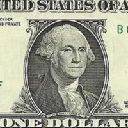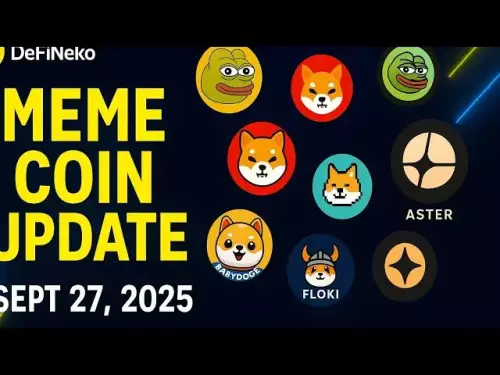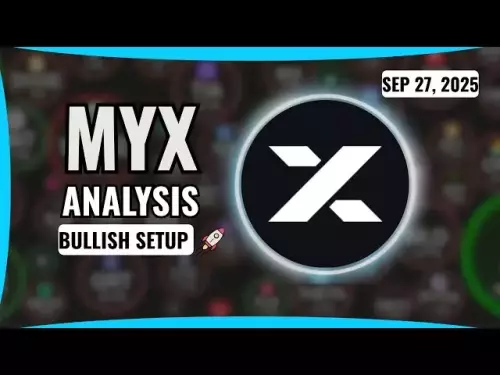-
 bitcoin
bitcoin $109523.663807 USD
-0.13% -
 ethereum
ethereum $4019.526508 USD
2.06% -
 tether
tether $1.000482 USD
0.00% -
 xrp
xrp $2.776815 USD
0.18% -
 bnb
bnb $958.942396 USD
0.12% -
 solana
solana $204.294698 USD
3.84% -
 usd-coin
usd-coin $0.999693 USD
0.00% -
 dogecoin
dogecoin $0.232115 USD
2.09% -
 tron
tron $0.338028 USD
0.84% -
 cardano
cardano $0.790920 USD
1.50% -
 hyperliquid
hyperliquid $44.871443 USD
5.60% -
 ethena-usde
ethena-usde $1.000322 USD
0.04% -
 chainlink
chainlink $21.034165 USD
2.60% -
 avalanche
avalanche $28.794831 USD
-0.54% -
 stellar
stellar $0.360466 USD
1.24%
What are the rarity indicators for an NFT project?
NFT rarity, driven by scarce traits and metadata, influences value and demand, with tools like Rarity.tools helping collectors identify the most unique tokens.
Aug 11, 2025 at 01:56 am
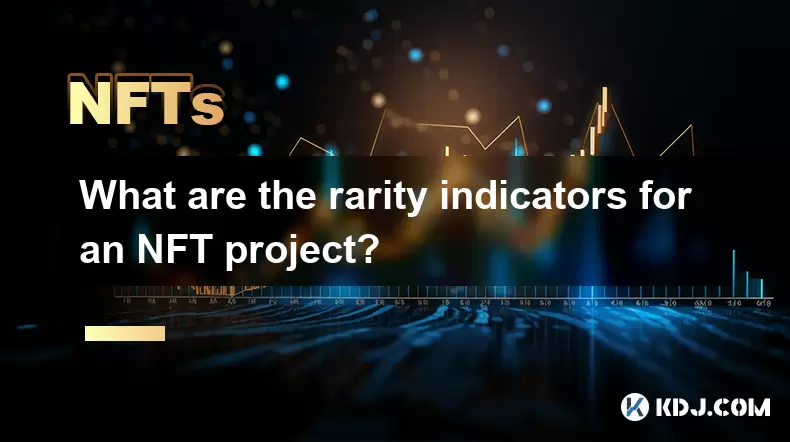
Understanding NFT Rarity and Its Significance
In the world of non-fungible tokens (NFTs), rarity is a core factor that influences perceived value, trading potential, and collector interest. Each NFT within a collection is typically composed of multiple visual or data-based components known as traits. These traits can include background color, clothing, accessories, facial expressions, or even metadata attributes. The rarity of an NFT is determined by how uncommon the combination of these traits is across the entire collection. A rare NFT may feature a trait that appears in only 0.5% of the total supply, making it highly desirable. Projects often use trait scarcity to drive engagement and secondary market demand.
Common Rarity Indicators in NFT Projects
Several indicators are used to assess the rarity of an NFT. The most widely recognized include:
- Trait Rarity Score: This metric assigns a numerical value to each trait based on its frequency. For example, if a 'golden crown' appears on only 10 out of 10,000 NFTs, its rarity score will be significantly higher than a common trait like 'blue eyes' that appears on 2,000 units.
- Overall Rarity Rank: Platforms like Rarity.tools and Rarity Sniper calculate a composite score by combining the rarity of all traits on a single NFT and then ranking it against others in the collection. A rank of #1 means it is the rarest in the set.
- Statistical Rarity: This refers to the mathematical probability of a specific combination of traits occurring. For instance, an NFT with three ultra-rare traits might have a 0.01% chance of existing, making it statistically unique.
- Layer-Based Rarity: Some NFTs are generated from multiple layers (e.g., background, body, eyes, hat). The fewer NFTs that possess a particular layer combination, the rarer the token.
- Metadata-Based Attributes: Beyond visual traits, metadata such as unlockable content, special abilities in games, or membership rights can also contribute to rarity.
Each of these indicators helps collectors compare NFTs objectively within a project.
How to Analyze NFT Rarity Using Online Tools
To evaluate rarity effectively, users rely on specialized platforms that automate the calculation process. Here’s how to use them:
- Visit a rarity tracking site such as Rarity.tools, Rarity Sniper, or NFTRarity.com.
- Search for the specific NFT collection by name or contract address.
- Browse the collection’s leaderboard, which displays NFTs ranked by rarity score.
- Click on an individual NFT to view its trait breakdown, including the frequency of each attribute.
- Compare the individual trait percentages—for example, a 'laser eyes' trait appearing in 0.8% of the collection is rarer than one appearing in 15%.
- Check the total score calculation method used by the platform, as some weigh traits logarithmically while others use additive models.
These tools often provide downloadable spreadsheets or API access for deeper analysis, enabling advanced users to build custom filters.
Manual Calculation of NFT Rarity Scores
For those who prefer hands-on evaluation, calculating rarity manually offers full transparency. Follow these steps:
- Obtain the complete metadata and trait distribution for the NFT collection, usually available via the project’s official website or blockchain explorer.
- Identify each trait category (e.g., 'Hat', 'Eyes', 'Mouth') and list all possible values.
- Count how many times each trait appears across the entire collection.
- Calculate the rarity percentage for each trait using the formula:(Number of NFTs with the trait ÷ Total supply) × 100
- Assign an inverse rarity score per trait:1 ÷ (rarity percentage as a decimal)For example, a trait with 2% frequency has a score of 1 ÷ 0.02 = 50.
- Sum the inverse scores of all traits on a single NFT to get its total rarity score.
- Normalize scores if needed to match industry standards or compare across platforms.
This method ensures full control over the scoring logic and avoids potential discrepancies from automated systems.
The Role of Contract-Level and Hidden Traits
Beyond visible characteristics, certain rarity indicators exist at the smart contract or metadata level. These include:
- Hidden Traits: Some NFTs contain traits not visible in the image but recorded in metadata. For example, a 'zombie mode' flag might be present in only 5 tokens, drastically increasing their value once revealed.
- Dynamic Attributes: NFTs that evolve over time (e.g., changing appearance after certain conditions) may gain rarity based on phase or state.
- Contract-Level Flags: Projects may embed rare identifiers directly in the token URI or contract logic, such as 'Founder’s Edition' or 'Team Token', which are not part of public trait listings.
- Burnt or Locked Tokens: If rare NFTs are permanently removed from circulation, the remaining ones become scarcer, increasing their relative rarity.
Collectors should inspect the tokenURI, on-chain metadata, and project documentation to uncover such hidden indicators.
Community and Market Perception of Rarity
While quantitative metrics are essential, subjective perception plays a significant role. A trait may be statistically rare but unpopular, while another—slightly more common—might be culturally iconic within the community. For instance, a 'smiling' face might appear on 3% of NFTs but become a meme symbol, driving demand beyond its numerical rarity. Marketplaces like OpenSea often reflect this through sales volume and floor price premiums for certain traits. Social media trends, influencer endorsements, and utility integration (e.g., exclusive access) can amplify perceived rarity, even if the on-chain data doesn’t justify it.
Frequently Asked Questions
Can two NFTs have the same rarity score but different market values?Yes. While rarity scores provide a quantitative baseline, market value is influenced by external factors such as artist reputation, community engagement, utility in games or platforms, and visual appeal. One NFT may have a higher rarity score but lack aesthetic desirability, leading to lower trading activity.
Do all NFT projects disclose their trait distribution?No. Some projects release full trait data at minting, while others keep it partially or fully hidden. Projects that do not disclose distribution upfront may use on-chain reveals or delayed metadata. In such cases, rarity analysis must wait until all data is public, and collectors rely on post-mint tools to assess scarcity.
Is a lower rarity rank always better?Generally, yes. A lower numerical rank (e.g., #10) indicates higher rarity compared to a higher rank (e.g., #9,800) within the same collection. However, collectors should verify the scoring methodology used by the ranking platform, as differences in calculation can skew results. Always cross-reference multiple sources.
Can rarity change after an NFT is minted?Rarity based on trait frequency does not change unless the total supply is altered (e.g., through burning or additional minting). However, perceived rarity can shift due to community events, new utilities, or revealed hidden traits. Smart contracts that support dynamic metadata may also update attributes, affecting rarity post-mint.
Disclaimer:info@kdj.com
The information provided is not trading advice. kdj.com does not assume any responsibility for any investments made based on the information provided in this article. Cryptocurrencies are highly volatile and it is highly recommended that you invest with caution after thorough research!
If you believe that the content used on this website infringes your copyright, please contact us immediately (info@kdj.com) and we will delete it promptly.
- Bitcoin, mNAV, and Treasury Companies: A New York Perspective
- 2025-09-28 04:25:14
- BNB Price and the Rise of BlockchainFX: The Crypto Presale to Watch
- 2025-09-28 04:25:14
- Trump, WLFI, and the Token Burn: Can Burning Crypto Make it Great Again?
- 2025-09-28 04:45:15
- James Wynn's 3x Leveraged Crypto Gamble: ASTER Airdrop or Bust?
- 2025-09-28 04:45:15
- Vitalik Buterin Sounds Alarm on EU Legislation: Ethereum's Privacy Stance
- 2025-09-28 05:25:12
- XLM Records, Toncoin Utility, BullZilla Presale: Crypto's Next Big Thing?
- 2025-09-28 05:05:12
Related knowledge
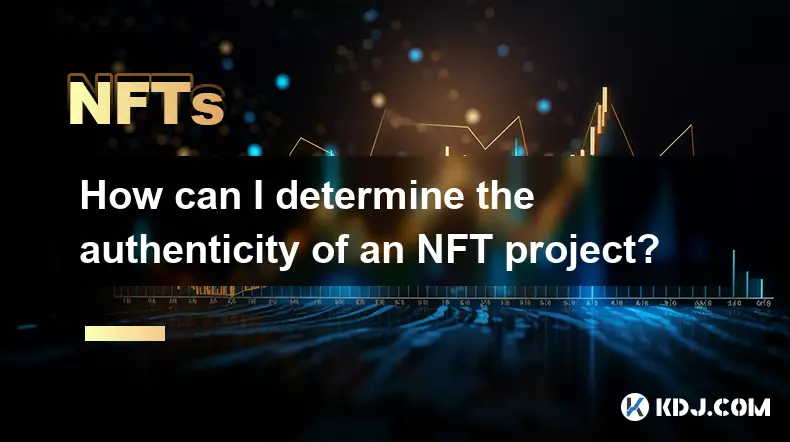
How can I determine the authenticity of an NFT project?
Sep 23,2025 at 05:18pm
Understanding the Project Team and Their Background1. Research the identities of the team members behind the NFT project. Verified social media profil...
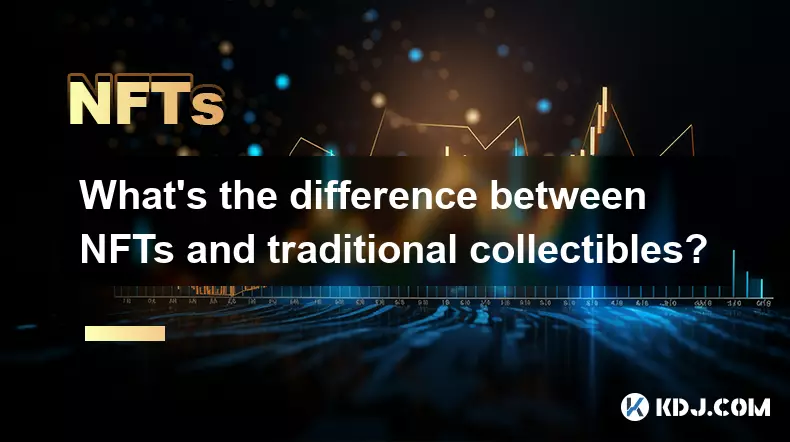
What's the difference between NFTs and traditional collectibles?
Sep 19,2025 at 12:55pm
Digital Ownership and Provenance1. NFTs are built on blockchain technology, which ensures transparent and immutable records of ownership. Every transa...
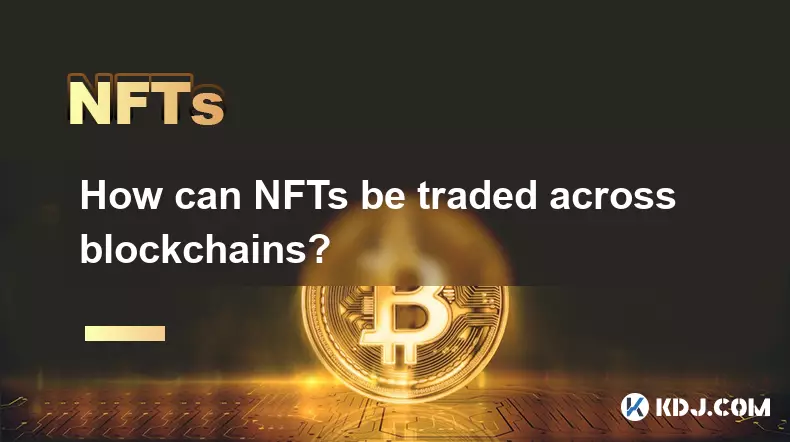
How can NFTs be traded across blockchains?
Sep 19,2025 at 12:00pm
Understanding Cross-Chain NFT Trading1. Non-fungible tokens (NFTs) are digital assets that represent ownership of unique items on a blockchain. Origin...
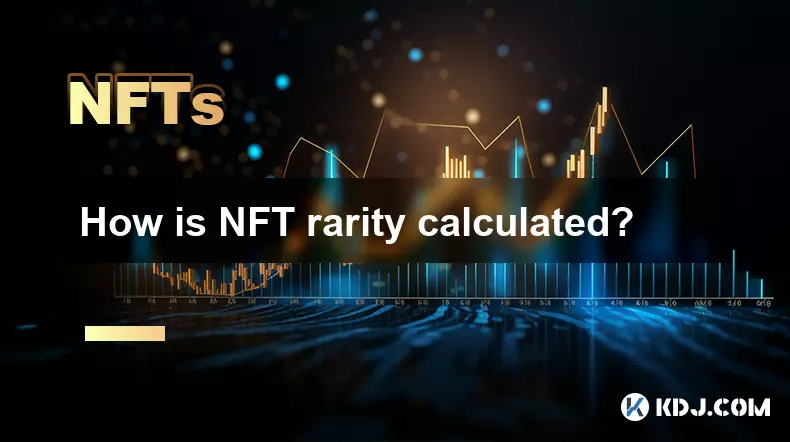
How is NFT rarity calculated?
Sep 18,2025 at 07:54pm
Understanding NFT Rarity Metrics1. NFT rarity is determined by analyzing the uniqueness of individual traits within a collection. Each NFT typically c...
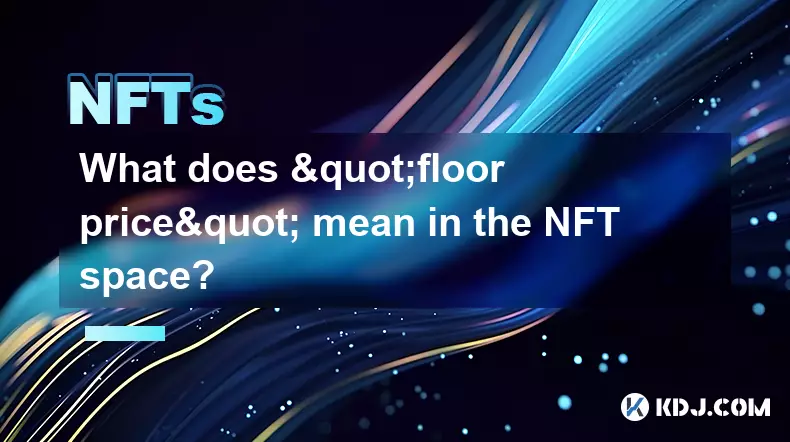
What does "floor price" mean in the NFT space?
Sep 22,2025 at 06:36am
Floor Price: A Core Metric in the NFT Marketplace1. The term floor price refers to the lowest current asking price for any item within a specific NFT ...

How do NFTs help content creators?
Sep 18,2025 at 08:00am
NFTs Empower Creators with Ownership and Monetization1. NFTs provide content creators with verifiable ownership of their digital works, ensuring authe...

How can I determine the authenticity of an NFT project?
Sep 23,2025 at 05:18pm
Understanding the Project Team and Their Background1. Research the identities of the team members behind the NFT project. Verified social media profil...

What's the difference between NFTs and traditional collectibles?
Sep 19,2025 at 12:55pm
Digital Ownership and Provenance1. NFTs are built on blockchain technology, which ensures transparent and immutable records of ownership. Every transa...

How can NFTs be traded across blockchains?
Sep 19,2025 at 12:00pm
Understanding Cross-Chain NFT Trading1. Non-fungible tokens (NFTs) are digital assets that represent ownership of unique items on a blockchain. Origin...

How is NFT rarity calculated?
Sep 18,2025 at 07:54pm
Understanding NFT Rarity Metrics1. NFT rarity is determined by analyzing the uniqueness of individual traits within a collection. Each NFT typically c...

What does "floor price" mean in the NFT space?
Sep 22,2025 at 06:36am
Floor Price: A Core Metric in the NFT Marketplace1. The term floor price refers to the lowest current asking price for any item within a specific NFT ...

How do NFTs help content creators?
Sep 18,2025 at 08:00am
NFTs Empower Creators with Ownership and Monetization1. NFTs provide content creators with verifiable ownership of their digital works, ensuring authe...
See all articles




















